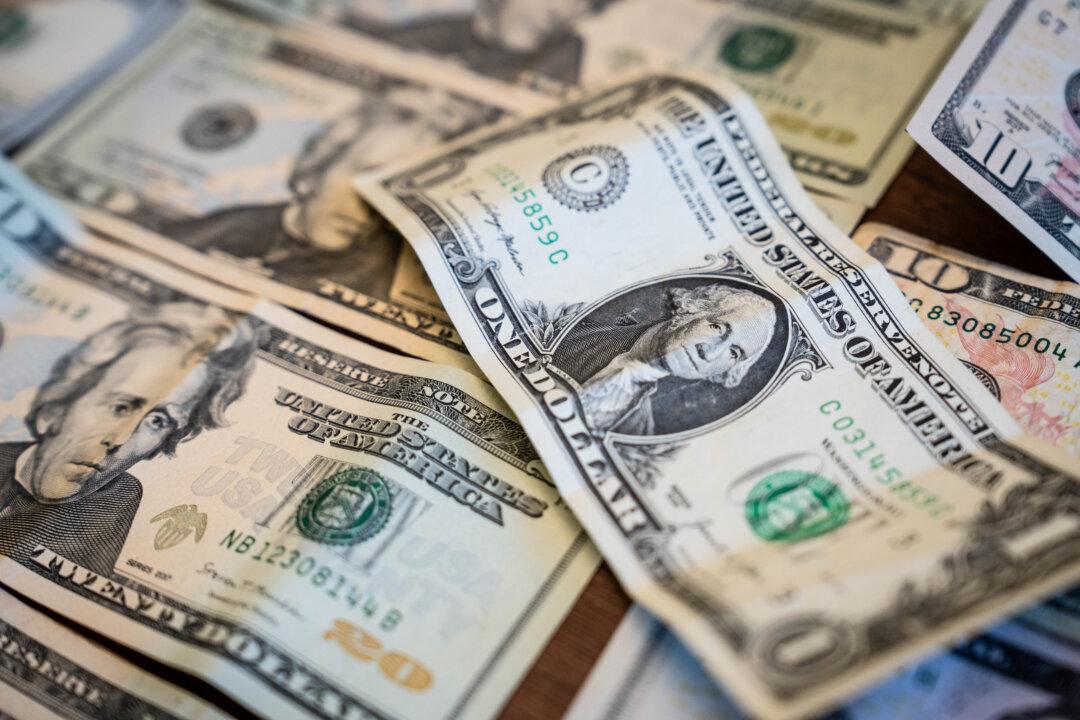All eyes this week will be on the April inflation report. Will it continue its downward trend, or will the consumer price index (CPI) continue to be stubborn and sticky?
The Federal Reserve Bank of Cleveland’s Inflation Nowcasting is penciling in an annual inflation rate of 5.2 percent, which would be up from 5 percent in March. The core inflation rate, which strips the volatile food and energy components, is expected to rise back to 5.6 percent.





